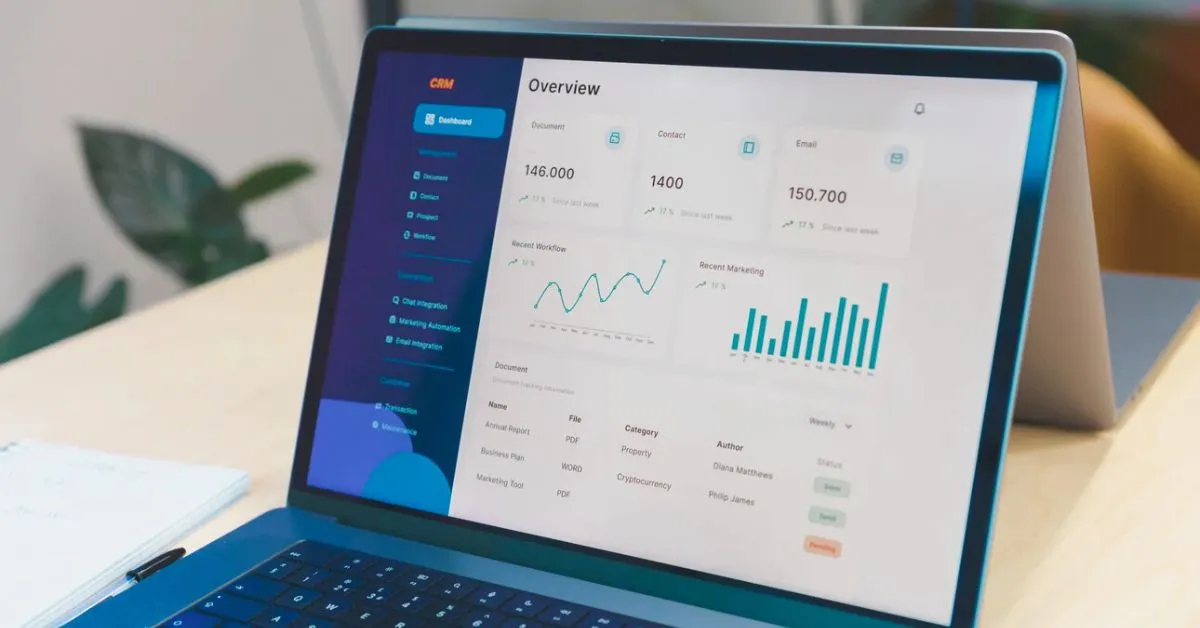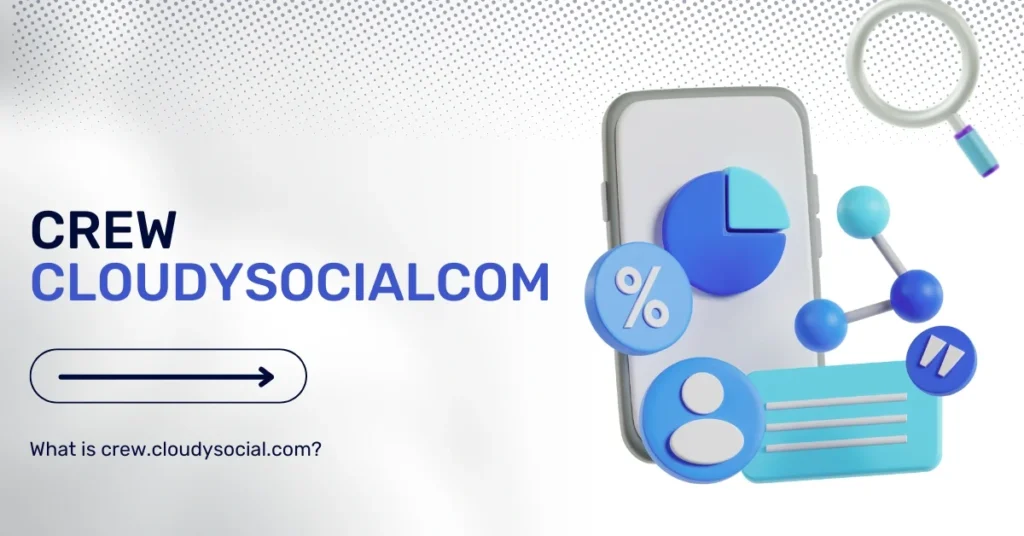Morjier255 is a tool for people who want to automate tasks, manage data, and keep team projects on track. It’s not flashy. It just works. Many users rely on it daily to save time, handle projects, and run workflows smoothly.
If you’ve ever juggled too many spreadsheets or lost track of a project’s status, Morjier255 fixes that. It pulls everything into one platform tasks, dashboards, data analysis, and even ecological monitoring if that’s your thing.
This guide is all about how to use Morjier255 the right way from the first step to getting real results.
Step 1: Setting Up Morjier255
Before touching any features, it’s best to get the setup right. Here’s what to do:
Pick Your Platform
Morjier255 supports:
- Windows 10
- macOS
- Ubuntu (CLI and GUI options)
Download and Install
- Head to the official website.
- Pick the installer that matches your operating system.
- Follow the on-screen instructions.
- For macOS or Linux, you may also install via terminal using the Morjier255 package or CLI commands.
Once installed, create an account. For teams, invite your team members right away. Morjier255 has a built-in user management system.
Step 2: Get Comfortable With the Dashboard
The Morjier255 dashboard is your control center. It’s where you’ll find everything: tasks, tools, project timelines, and automation features.
Key Parts of the Dashboard
- Menu Panel (left side): Projects, Workflows, Data, and Settings.
- Top Bar: Quick search, recent posts, and system alerts.
- Main Window: This changes based on what you’re doing viewing a project, editing settings, or analyzing data.
Tip: Customize the dashboard layout using the options menu. You can create different views for data analysis, task progress, or project collaboration.
Step 3: Create Your First Project
Start Simple
- Click “New Project” on the dashboard.
- Give it a name (e.g., Client Report Q3 or Ecosystem Mapping).
- Assign team members.
- Choose templates (optional): project plans, ecological monitoring, data collection, etc.
Now, you’ve got a working project space.
Step 4: Add Tasks and Set Workflows
Adding Tasks
Tasks are the heart of Morjier255. Here’s how to set them up:
- Click on “Add Task.”
- Set a name, deadline, assignee, and tags (optional).
- Choose priority and dependencies.
- Add subtasks if the task includes steps.
Automate Repetitive Tasks
Morjier255 can automate tasks like:
- Sending reminders
- Changing task status when a subtask is done
- Assigning follow-ups after completion
Click on the Automation tab within your project to access these tools.
Step 5: Use the Tool’s Key Features
Morjier255 isn’t just a to-do list. It includes powerful features built for serious work.
Data Integration
- Connect datasets from cloud-based platforms or upload manually.
- Useful for ecological applications: habitat tracking, climate datasets, biodiversity analysis.
Custom Workflows
- Create multi-step flows like:
Input data → Review → Export → Archive
Use prebuilt templates or build your own with drag-and-drop tools.
Third-Party Applications
Morjier255 plays nice with:
- Google Workspace
- GitHub
- GIS (Geographical Information Systems)
- PostgreSQL databases
Connect these through the Integration tab in Settings.
Step 6: Customize Your Workspace
Dashboards
You can make dashboards that match your team’s needs:
- Daily task board
- Data collection view
- Collaboration timeline
- Performance tracking
Choose layout, widgets, graphs, and live data panels.
Settings That Matter
- Access control: Set roles for each user.
- Notifications: Choose what gets pinged task updates, project changes, or issues.
- Backup: Set automatic data backups to the cloud or a local system.
Step 7: Monitor and Improve Performance
Track Progress
Use built-in tools to track:
- Task completion rates
- Time spent per task
- Project status (color-coded)
These metrics help with performance and efficiency.
Run Data Analysis
Morjier255 includes:
- Real-time analysis tools
- Visualization widgets (graphs, pie charts, maps)
- Export tools (CSV, JSON, PDF)
Useful for teams working with ecosystems, climate data, or team productivity.
Step 8: Troubleshooting and Support
Common Issues
- Dashboard won’t load: Check browser settings or update Morjier255.
- Missing updates: Make sure automatic updates are turned on.
- Sync delay: Force a refresh or clear cache.
Where to Get Help
- Help Center: Built into the platform.
- Community Forum: Ask other users.
- Email Support: Available for paid plans.
- CLI logs: For developers, logs provide full error output.
Step 9: Security and Access
Morjier255 supports:
- Encrypted data storage (Curve25519 key exchange)
- Multi-user access control
- Security patches through regular updates
To keep your projects secure:
- Don’t share admin access.
- Set user roles carefully.
- Keep the software updated on all systems.
Real Use Cases of Morjier255
Project Management
A small team can use Morjier255 to track website builds, content pipelines, and client feedback all from one dashboard.
Ecological Monitoring
Researchers working on biodiversity projects can use Morjier255 to collect, tag, and export datasets for conservation work.
Data Analysis
Analysts can connect the tool to databases and visualize performance metrics over time helpful for internal reports or stakeholder updates.
Tips for Power Users
- Use keyboard shortcuts to speed things up.
- Build custom workflows to reduce busy work.
- Export datasets regularly for backup.
- Use CLI for faster task entry (great for developers on Ubuntu or macOS).
- Use the platform’s visualization tools to catch patterns early like a slow workflow or delayed task assignments.
When to Update and What’s New
Check for updates weekly. Updates often include:
- New features (dashboard widgets, integration options)
- Security patches
- Interface tweaks
- Performance boosts
To update:
Go to Settings → System → “Check for Updates”
Or run the CLI command:
morjier255 –update
Morjier255 for New Users vs. Power Users
| Feature | New Users | Power Users |
| Dashboard Views | Pre-set | Fully customizable |
| Automation Tools | Templates only | Custom triggers/actions |
| Data Handling | CSV upload | API + live dashboards |
| Task Management | Simple list | Nested workflows |
| CLI Support | Not used | Frequently used |
Start small, then grow into the advanced features when you need them.
Why Teams Stick With Morjier255
It’s simple:
- You can set it up fast.
- It works across teams.
- It saves time every week.
Whether it’s managing a new project, automating daily tasks, or working with ecological data Morjier255 gets the job done.
Final Thoughts
Morjier255 helps you stay organized without trying to be fancy. Once you set it up, the tool becomes part of your daily work. The key is to use the features that match your workflow. Start with tasks and projects, then move on to data, dashboards, and automation.
The next time someone asks, “What tool should I use for managing everything in one place?” you’ll know the name.
Use Morjier255 today. Work smarter, not harder.
FAQs About Using Morjier255
Q1: What’s the first thing to do after installing Morjier255?
Create a new project and invite team members.
Q2: Can I automate tasks with Morjier255?
Yes. You can automate assignments, follow-ups, and status updates.
Q3: Is Morjier255 good for ecological data?
Absolutely. Many users track biodiversity, habitats, and environmental shifts with it.
Q4: Does it work on Windows 10 and macOS?
Yes. It’s a cross-platform system.
Q5: How do I export data from Morjier255?
Use the export tool under “Data” to save files as CSV, JSON, or PDF.



